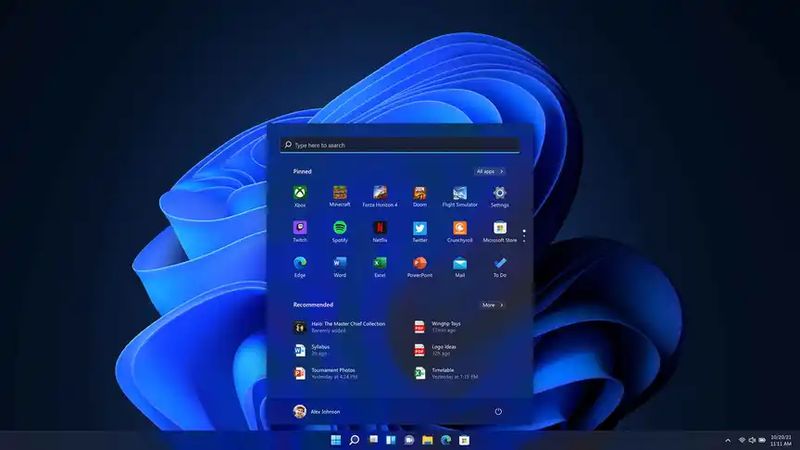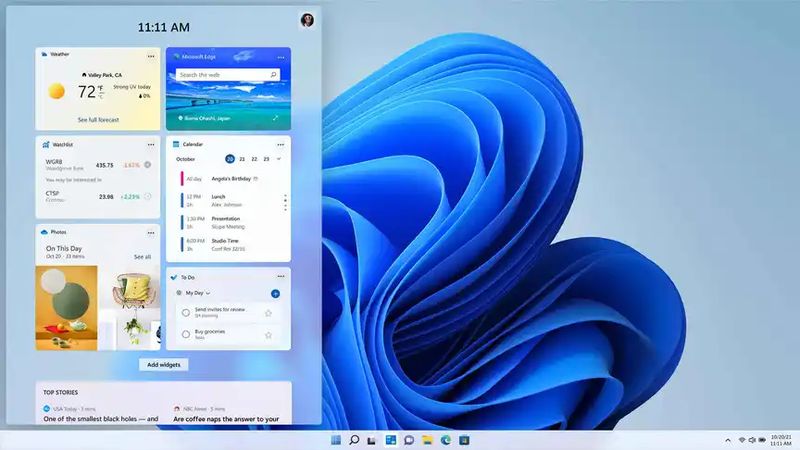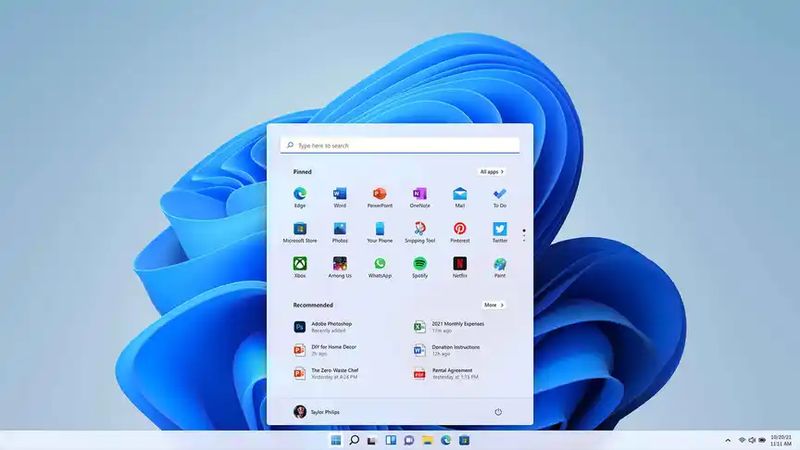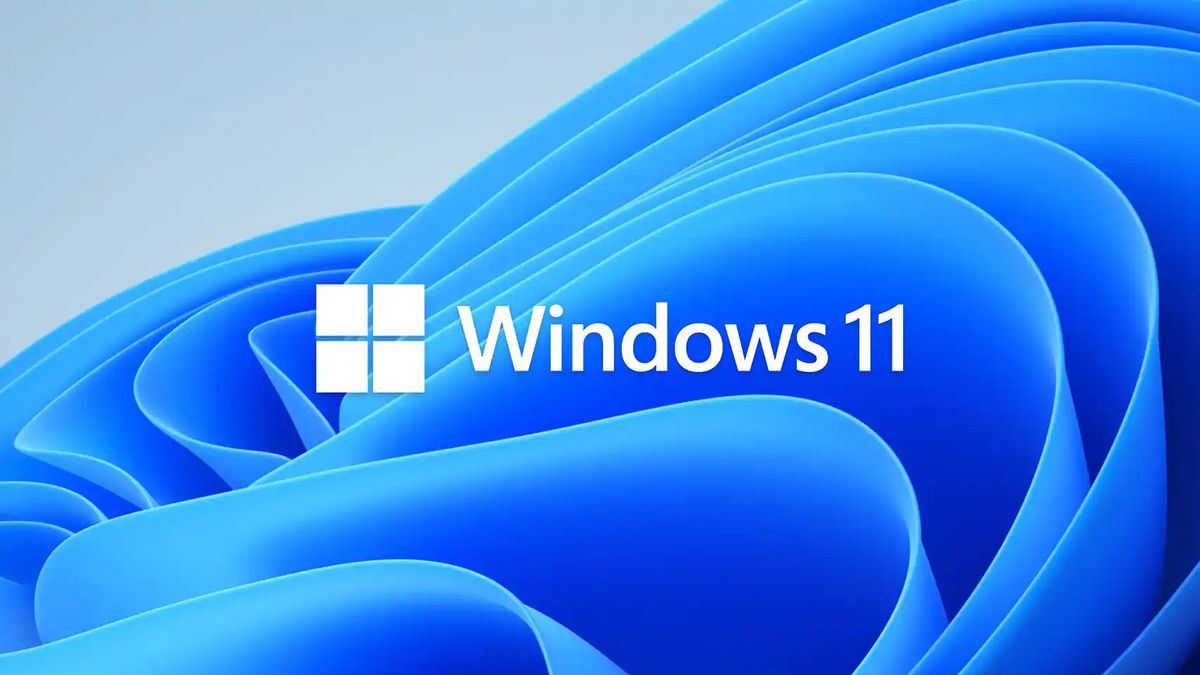Windows 11 finally arrives at Microsoft’s beta channel. This new version, prepared for consumers, gives us an idea of what this new system will be like in its final version.
Since Windows 11 was presented last June some countries, developers have had a lot of time to test the operating system thanks to the previews that were launched in the Windows Insider programs. However, these versions were preliminary software designed so that developers could test the system and also adapt their applications for this OS.
However, Microsoft has finally released its first build in the Windows Insiders Beta channel. This means that this beta is now ready for consumers and home users to test, without having to subscribe to the developer channel.
This beta comes at a sweet moment, just before the fall release of macOS Monterey and after Microsoft has used the developer channel to polish all the bugs that had the first versions of this beta, which gives us the chance to see what Windows 11 will be like when it is officially launched later this year.
How to install Windows 11 beta?

The first betas, both those that were leaked and those that reached the Windows Insider Dev channel, were so premature that they had more in common with Windows 10 than with Windows 11. There were practically no changes, beyond the most obvious ones such as the new central applications panel or the widgets side panel.
After several weeks in the developer channel, the Windows 11 builds have been improving enormously; they have added practically all the elements we saw in the Windows 11 presentation, with significant changes in the interface, in usability, and with improvements already promised, such as the new Microsoft Store.

Now that the beta is on the Windows Insiders Beta Channel, testing Windows 11 is easier than ever. The first and most obvious thing is that you need a PC compatible with Windows 11. The list of requirements has undergone some changes in these weeks, but the most important thing you should know is that Microsoft is seriously considering including first-generation AMD Ryzen and 7th generation Intel processors in the list of compatible processors, although this is not yet confirmed.
In addition to the processor issue, you need at least 4GB of RAM, 64GB of internal storage, and support for UEFI, TPM 2.0, and Secure Boot, and you need to have it fully enabled. The screen must be at least 720p with a diagonal greater than 9 inches. In addition, you will need an Internet connection.

If you have such a PC, you can download the beta very easily. You must go to the Windows settings of your PC, go to the “Updates and security” section, and click on “Windows Insider Program” or Windows Insider Program. Follow the instructions, choose the Beta channel and after following the steps, you will be able to install Windows 11 and start testing it.
It is important to keep in mind that this beta is not suitable for daily use, since it is a non-final software. Be sure to install Windows 11 on a compatible computer or device that you do not use daily, and follow all the steps that Microsoft asks you to follow.





